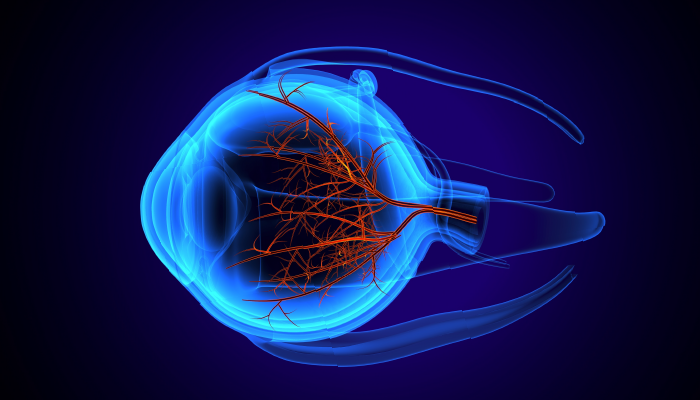
Credit: Adobestock.com
A Nature Communications study has leveraged artificial intelligence (AI) and multi-omics data to uncover novel genetic and systemic disease associations with retinal thickness. Using data from the UK Biobank, the researchers processed optical coherence tomography (OCT) images from over 85,000 participants using a convolutional neural network, enabling precise retinal thickness measurements across more than 29,000 points in the macula. By integrating this data with genomic, metabolomic, blood, and immune biomarkers – as well as systemic disease associations – the study was able to identify 294 genetic loci linked to retinal thickness, including four novel loci on the X chromosome.
In addition to uncovering several new genetic variants linked to retinal thickness, many of which are implicated in neurodegenerative and metabolic diseases, the researchers found that retinal thinning was significantly associated with multiple disorders, including hypertension, multiple sclerosis, and metabolic diseases. The parafoveal region was identified as being particularly sensitive to these systemic disease effects.
The study establishes a new benchmark in utilizing AI and multi-omics integration for high-resolution retinal analysis. The findings open avenues for further research into how retinal biomarkers can be used for early disease detection and targeted treatments. The researchers have also developed a publicly accessible web interface, Retinomics.org, which allows scientists and clinicians to explore the extensive dataset and pursue new insights into the retina's potential as a biomarker for systemic diseases.
